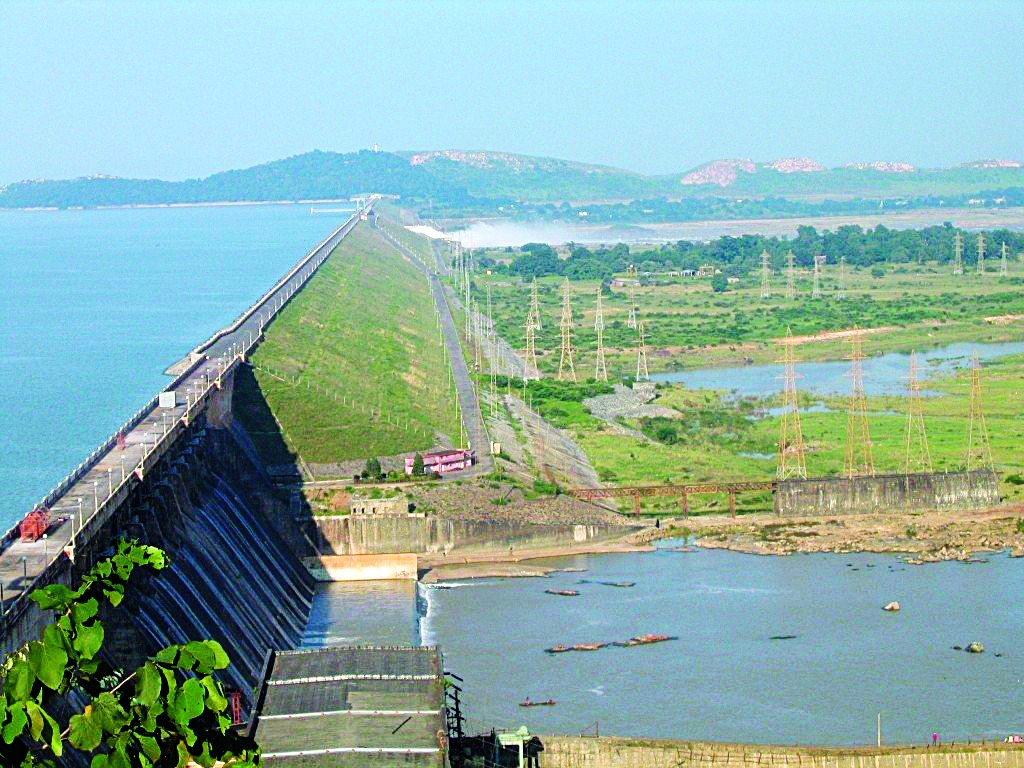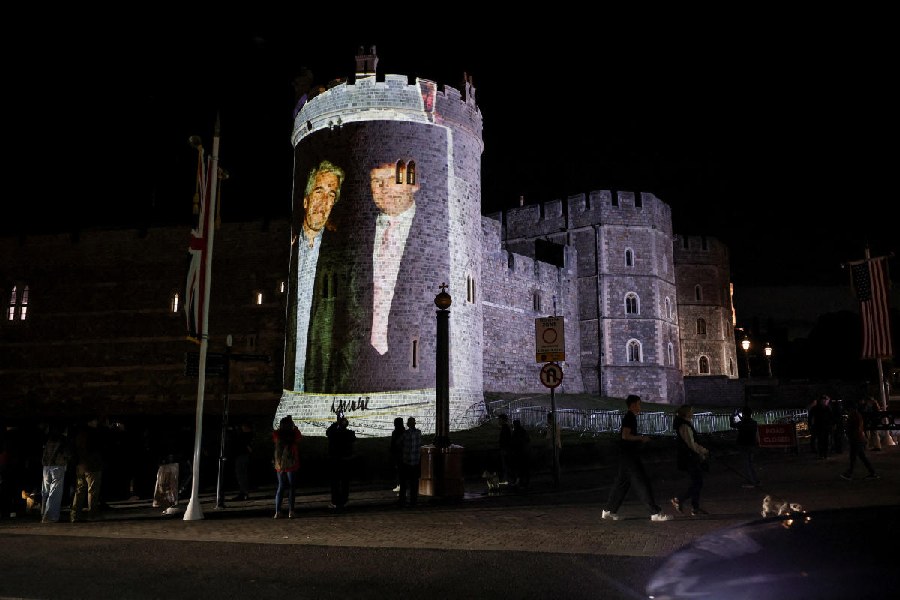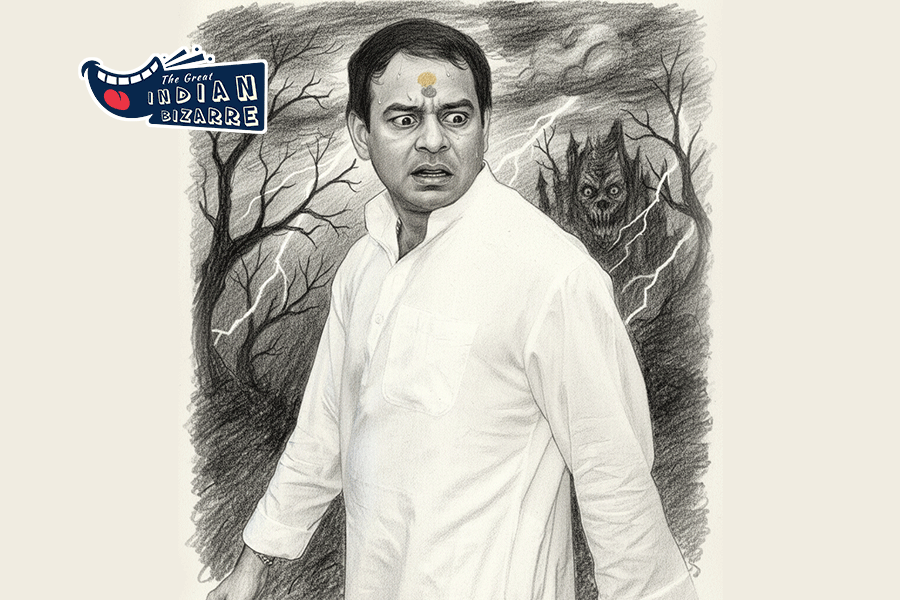
Sambalpur, Dec. 27: The central team carrying out the underwater scanning of Hirakud dam completed the first phase of its work yesterday.
The three-member team from the Central Soil and Material Research Station in New Delhi had begun scanning the upstream face of the dam with the help of a remotely-operated vehicle on December 7.
The scanning is being done to ascertain the condition of the cracks in the dam so that timely repairs are carried out.
"The team photographed the gate of the dam with the help of the remotely-operated vehicle during these 20 days. The second phase of scanning will begin by January 25. The power dam will be scanned in the second phase," said superintendent engineer of the Hirakud dam project R.K. Panda.
The three-member central team consists of divisional head of the engineering geo-physics department Alex Verghese and scientists Virendra Pratap and Shiv Charan.
"We are hopeful that the work will be complete by the first week of February and the central research station will submit the analysis report on the condition of cracks and health of the dam to the water resources department by the first week of March," said Panda.
"The decision on the treatment of the cracks will be taken after the analysis report is received," he said.
Cracks were first noticed in the concrete portion of the spillway of the dam in the '90s.
The Hirakud dam cracks review panel and dam safety review panel had then suggested ways of plugging the gaps. Divers were sent inside the dam to plug the holes, but the finer cracks remained.
The three-member team is tasked with assessing the present condition of the cracks, which were repaired in the 1990's. They will also suggest ways to repair the finer cracks that had remained untreated.
The Central Water Commission had asked the water resources department to approach the research station for scanning the dam. Following the commission's instruction, the water resources department had then contacted the research station and deposited Rs 11.63 lakh for the purpose.
Altogether, Rs 27 lakh will be spent on the total process of examining the condition of the cracks.
"The central research station had also scanned the Mullaperiyar dam in Kerala which was constructed in 1895 with the help of a remotely-operated vehicle," said Panda.











